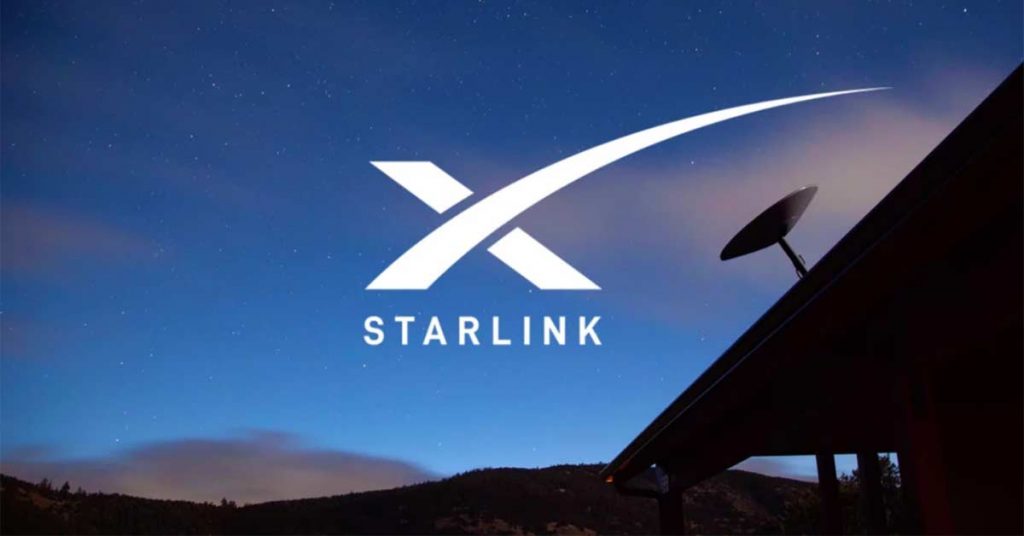Musk: “No rush for Starlink IPO”
January 2, 2024
By Chris Forrester

Elon Musk has again stressed that there is absolutely no rush to spin-off his SpaceX Starlink broadband-by-satellite business. He told Fortune magazine that having floated his Tesla car business (in 2010) he preferred Starlink to stay private.
Of course, would-be investors have their eyes on a probable significant return on an Starlink investment, so the external pressures will continue. Even though Tesla’s share price fell at one point last year – and then rebounded – the fact is that $10,000 invested in Tesla stock back in 2010 would be worth around $1.6 million today.
Comparing and contrasting a high-visibility car business with the near-mysteries of rocket launches and circling satellites is difficult. But achieving 2.3 million “active” users by mid-December 2023 is a major achievement and adding to them at a rate of about 100,000 per month is, by any measure, praiseworthy.
We know that Starlink is “breakeven cashflow” (stated by the company in November 2023) and Musk’s latest cash-raising exercise puts a valuation on SpaceX of around $150 billion (and some say as high as $180 billion). SpaceX on its own is a major cash cow for Musk and re-using his Falcon 9 boosters 19 times for launches brings its amortisation ratio to maximum levels.
The boosters need refurbishment after each flight but as Henry Spencer, a founding member of the Canadian Space Society and Fellow of the British Interplanetary Society, stated: “fuel is cheap – it’s the hardware and people that cost you… current launch costs are dominated by salaries, not fuel prices. Simply put, a few hundred thousand dollars for propellant are peanuts for the space industry.”
Musk has said that he was aiming for a propellant cost of around $200,000 per launch. It’s probable that each launch is still costing nearer $500,000, but as Spencer says, that’s chicken feed when calculated into the overall costs of any mission. Nevertheless, at around $60-$70 million per launch, SpaceX is still a very good business. As a comparison, the propellant for the now abandoned Ariane 5 rocket was quoted as at least $4.75 million.
As Fortune magazine stated, SpaceX is the most valuable private company in the US, and its largest revenue driver by far is Starlink, which offers broadband connections around the globe via its growing mega-constellation of low-Earth orbit satellites.
The WSJ suggested in September 2023 that Starlink’s revenues had surged from $222 million in 2021 to $1.4 billion in 2022. There’s still plenty of headroom for growth, from new markets (and remember that major potential territories such as India, Turkey, some MENA markets and many LatAm countries are untouched), and a growing airline and Cruise-line business and the potential is obvious.
“The [Starlink] business case is not subjective, it is objective,” Musk said just before the holidays. “If you can provide a compelling internet connection, where the quality of the product and the price are competitive with terrestrial options—or often there are simply no terrestrial options—then you obviously have a business.”
